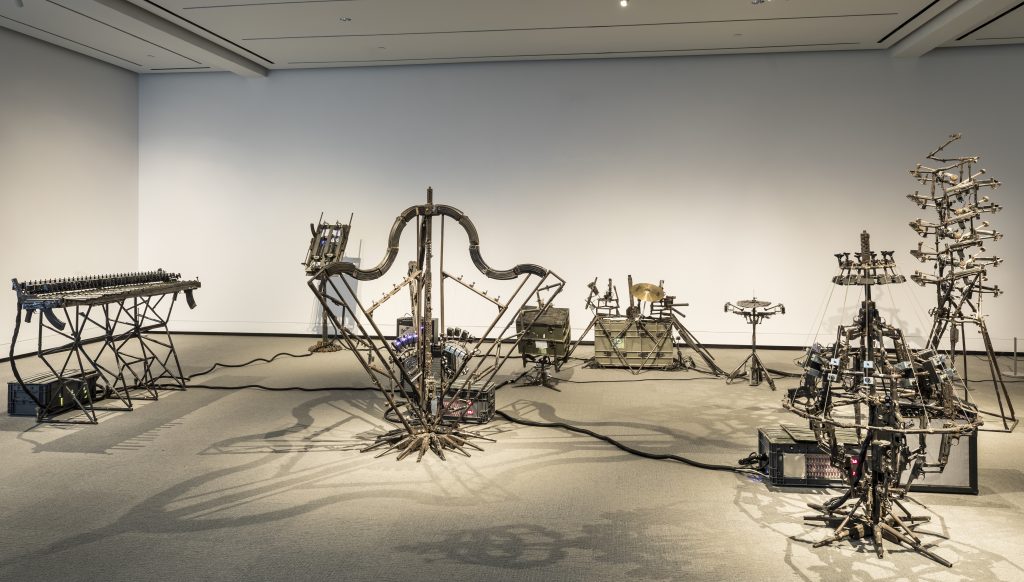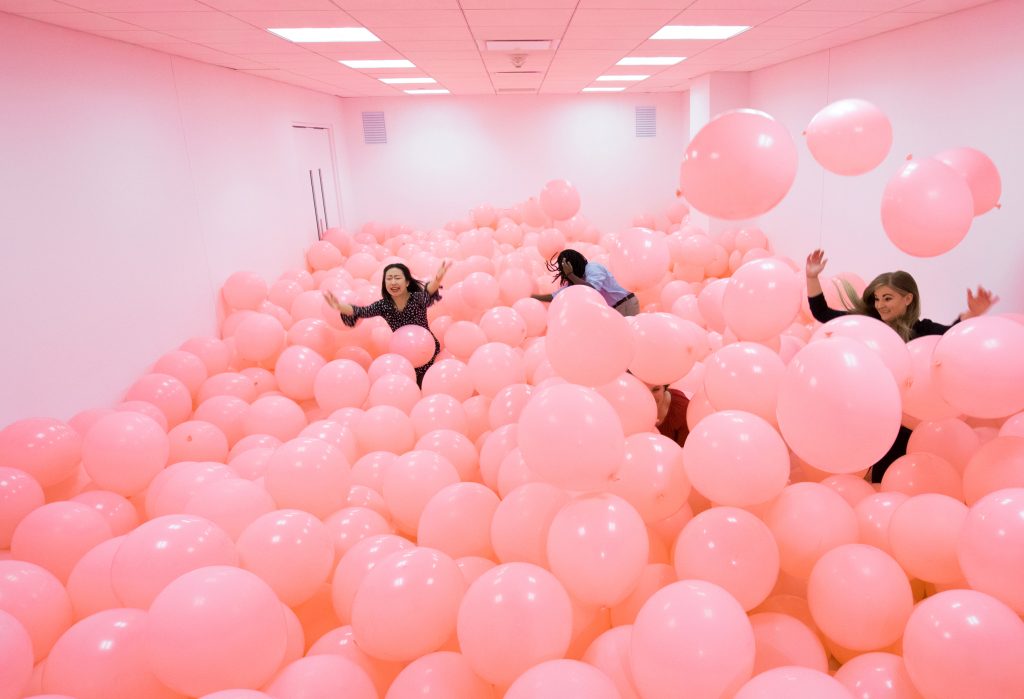I’ve never met anyone that hates Skee-Ball. It’s a game that you played as a kid at an old Chuck E. Cheese or a skating rink. I came to Boston and I missed my friends that I met through a Skee-Ball league down in Raleigh. Approached the owner of The Greatest Bar and told him we could bring in a bunch of people on an off night. He looked at me like, great, you know, let’s make it happen. We had almost a hundred and fifty people right out of the gate. Five and a half years later, we’re on our seventeenth skeeson now.
We have three skeeball skeesons a year, eight weeks long, and they culminate in a team playoff and an individual playoff. We have a top sixty-four NCAA bracket and we play down until there’s one last person standing and they are the champion in Boston.
Skeeson means season. Hundos for hundreds.
40 streak means out of your nine balls you get to roll, you roll all 40s.
I thought it was very strange that they insisted on saying hundo instead of hundreds. And I was like, guys, can’t you just say hundreds. And then I started playing and hundo is just so much easier to say and makes you sound a lot cooler in the skeeball world.
Everyone joins kickball leagues and it comes with trophies and shirts and beer. We just bring it inside, year round.
I think it’s sort of fun to be really good at something really silly like Skee-Ball.
All of our team names are like Skee-Ball puns.
This season we were the Hunger Lanes.
Born to Skee Wild.
It Ain’t Easy Being Skeezy.
I think our favorite one was Skee-dazzled where we essentially bedazzled ha jean jackets.
My team name is called the Premature Combinations: Sponsored by Skeealis.
We’ve had people meet and get married. We’ve had babies come out of relationships at Skee-Ball.
I mean they’ll be people that will be in my wedding, they’ll be bridesmaids.
So it’s more the people, less the game. But the game is pretty fun.
Return to the video.





